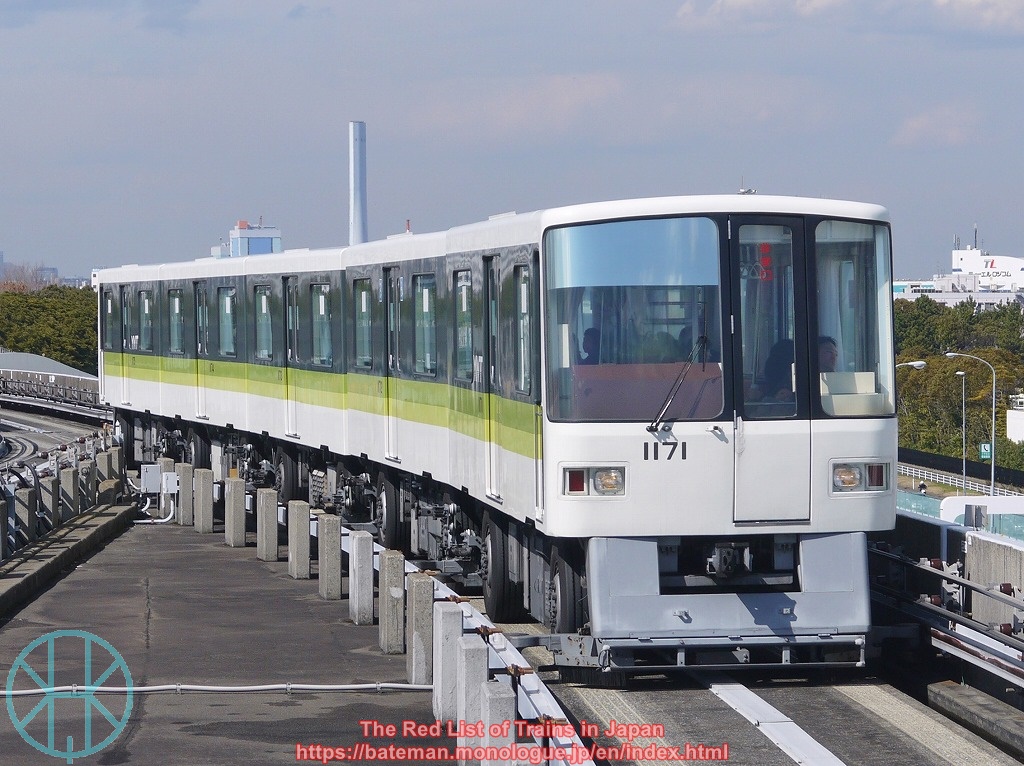新幹線は、上野~大宮駅間の電力設備故障により、東北新幹線東京~仙台駅間、上越新幹線東京~高崎駅間、北陸新幹線東京~高崎駅間の上下線で本日全ての列車の運転を取りやめます。なお、その他の区間では大幅に本数を減らして運転しています。
— JR東日本【新幹線】運行情報 (公式) (@JRE_Super_Exp) January 23, 2024
At around 10 am on Tuesday 23 January, a damage to overhead wires have been detected between Omiya and Ueno stations (near Kita-Yono station on Saikyo line). According to Nikkei, loose electric wires damaged a train to Tokyo. JR East announced that there would be no service on Tohoku Shinkansen (between Tokyo and Sendai), Joetsu and Hokuriku Shinkansen (between Tokyo and Takasaki) today with severe delays on the rest of the network.
What is worse, it is reported that two staff have been sent to hospital as they got a shock and were in flames. One of them is seriously injured while the other suffers from minor injuries. It indicates that power had not been cut during the work, which could be a material breach of safety procedures.
Japanese railway has been hailed everywhere as the safest and the most reliable in the world, but JR East has been accused of ill-management with lack of will to observe safety requirements. As Toyo Keizai reported, there have been many cases which could have been deadly accidents since the 2010s, including a major fire at a substation that halted Takasaki line for three days, a pole collapsing on Yamanote line and a Keihin-Tohoku line train colliding with a maintenance vehicle at Kawasaki station. In all cases, the Transportation Bureau (a part of the Ministry of Land, Infrastructure, Transport and Tourism) concluded that those incidents would not have happened if JR East had exercised normal precautions. Nevertheless, the company has not taken appropriate measures so that it has failed to prevent similar cases. Last year, the Transportation Bureau issued a warning concerning an accident near Ofuna station in which passengers and crew were injured after a train collided with poles. The document starts with "In spite of repeated warnings concerning safety and reliability, the Bureau profoundly regrets that…", which clearly indicates that the authorities have been frustrated with a negligent attitude of the train operator.
Nevertheless, it was revealed that the company is incapable of reviewing safety as managers and executive members seem to be more interested in other businesses than railway. Bunshun reported earlier this year that Yoichi Kise, the vice president of JR East, forced his subordinates to have excessive amount of Shaoxing wine (traditional Chinese wine), ending up in alcohol poisoning which required ambulance service to intervene. It seems that they cannot secure safety even in their "private" life.
Trains in Japan are generally safe, probably one of the safest in the world. There have been no fatal high-speed train accidents involving operation of the trains since its history began in 1964. However, JR East now lacks the capability to keep its staff safe, and this incident is a stark warning to the future of the company. Unless every member of the company recognises the seriousness of the case and take any necessary measures, passengers will surely be in grave danger.
















